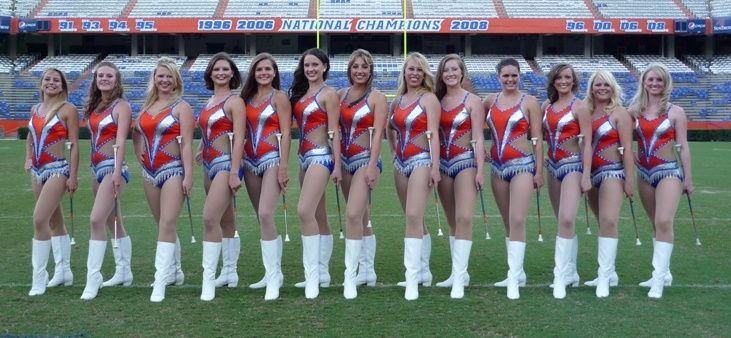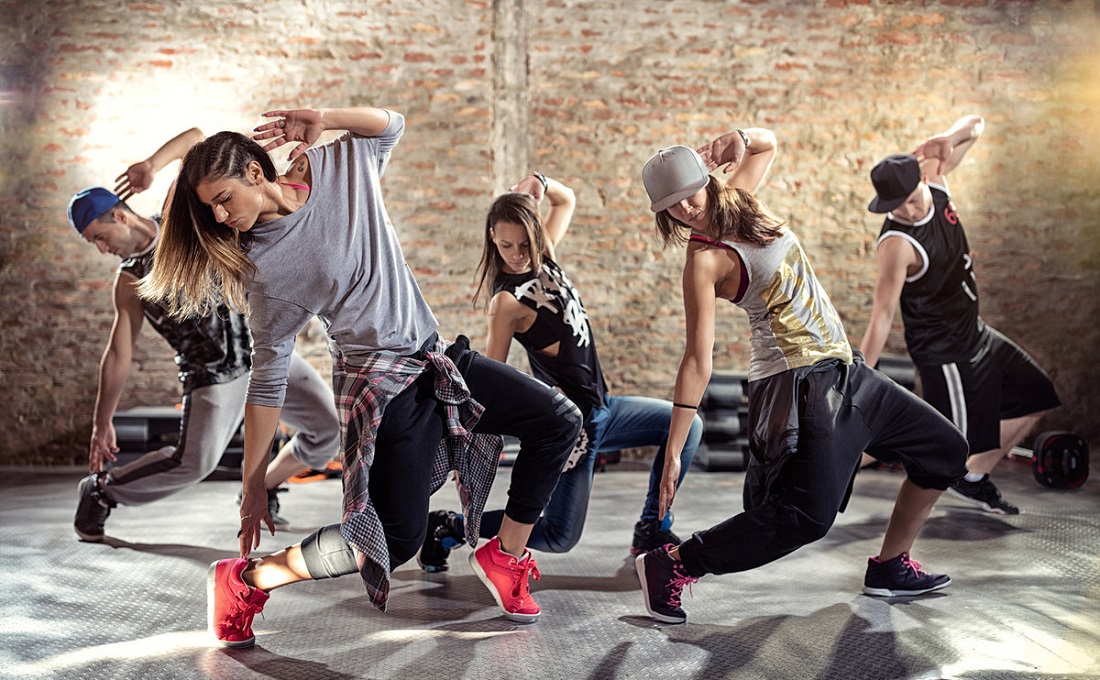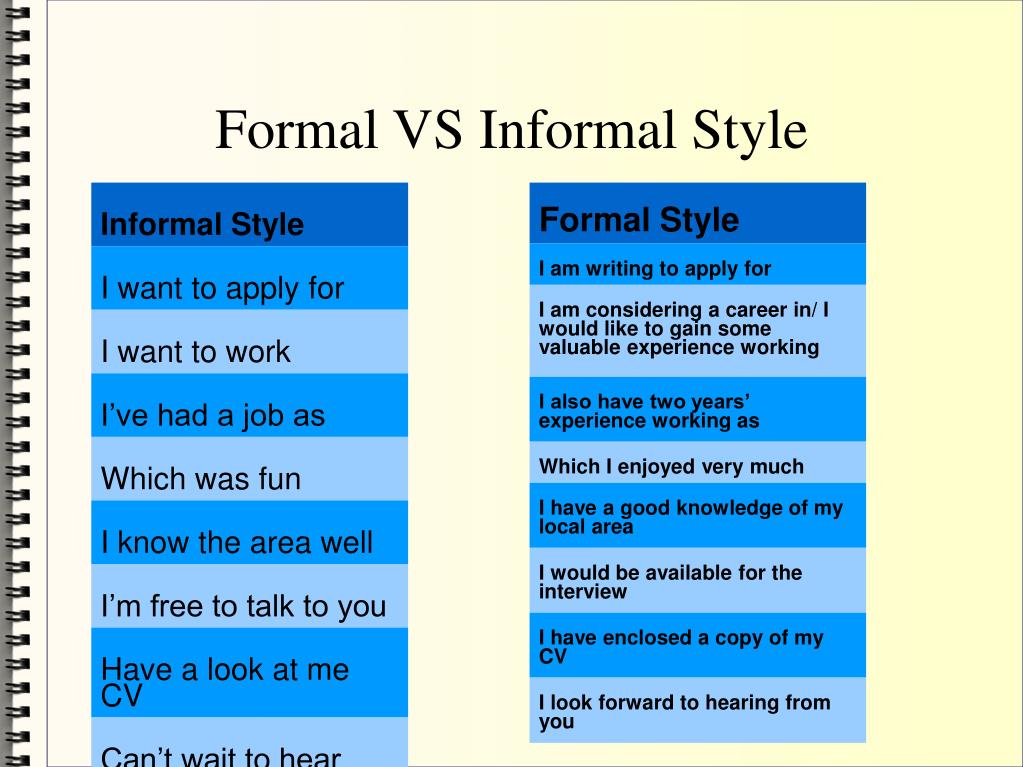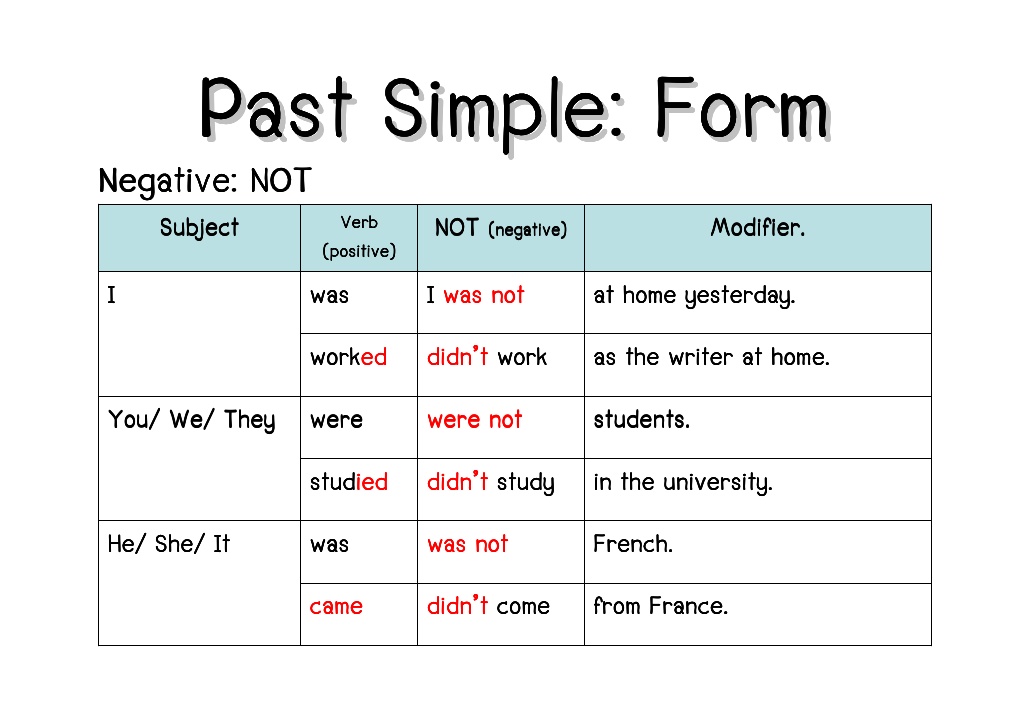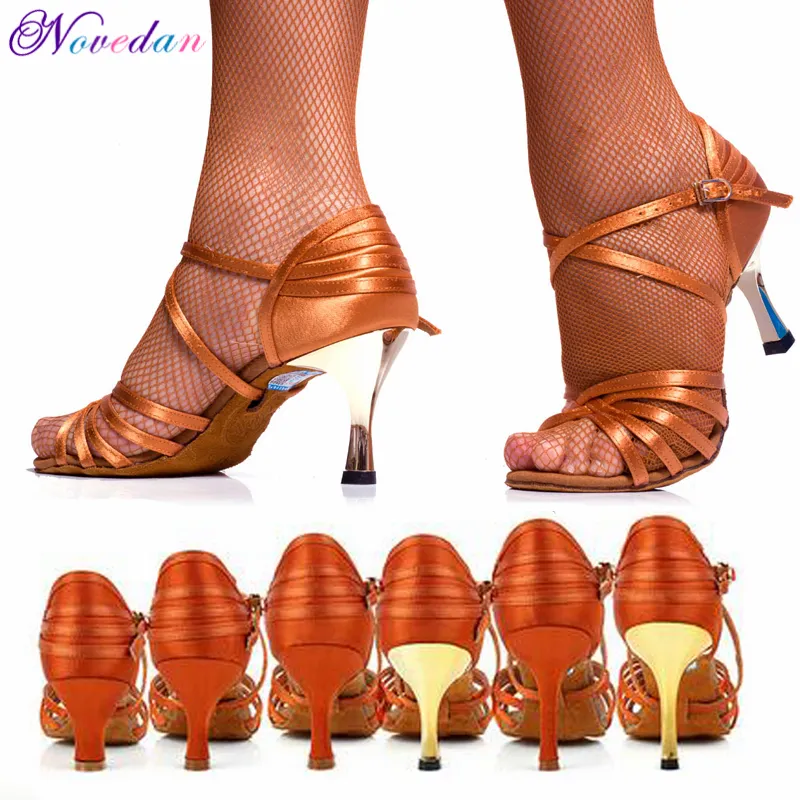How to judge a dance competition
How judges decide who wins dance contests – guide
© Dean Treml/Red Bull Content Pool
Breaking
Judges are the most important people you’ll find at any breaking competition because they get to decide who wins them. Learn about the things most of them look out for when judging a battle here.
By Emmanuel Adelekun
3 min readPublished on
1. Musicality
This is a breaker's ability to follow the rhythm and tempo of the music. The basic idea of this is a breaker being on time with the snare drum when top rocking, and if they can stay on this timing when they hit the floor and then finish on it. To take musicality to a higher level, breakers need to demonstrate their ability to play with the different layers of the music, expressing the sounds and lyrics of a track by hitting their freezes on beat and adapting or playing with their footwork to fit the music. It basically comes down to whether a B-Boy or B-Girl can dance with everything they're displaying.
2. Foundation
Foundation is the fundamentals the dance of breaking is built on, so judges will look to see if a breaker is demonstrating its basic aspects by showing fundamental Top Rock steps, Go Downs, Footwork, Freezes, Power Moves and Transitions. They should also be looking to see if the structure, shape, and overall look of a breaker's foundation is clean and sharp.
B-Boy Focus at the Red Bull BC One World Final 2016
© Dean Treml/Red Bull Content Pool
3. Difficulty of movement
Judges usually want to see that a breaker has a high-level to their movement, and so will be looking to see if they're demonstrating the ability to execute extremely difficult moves, like putting together tricks or power moves in hard to execute combinations. They'll also be looking out for a high level of complex moves through things like demonstrating intricate footwork combinations, patterns and flows.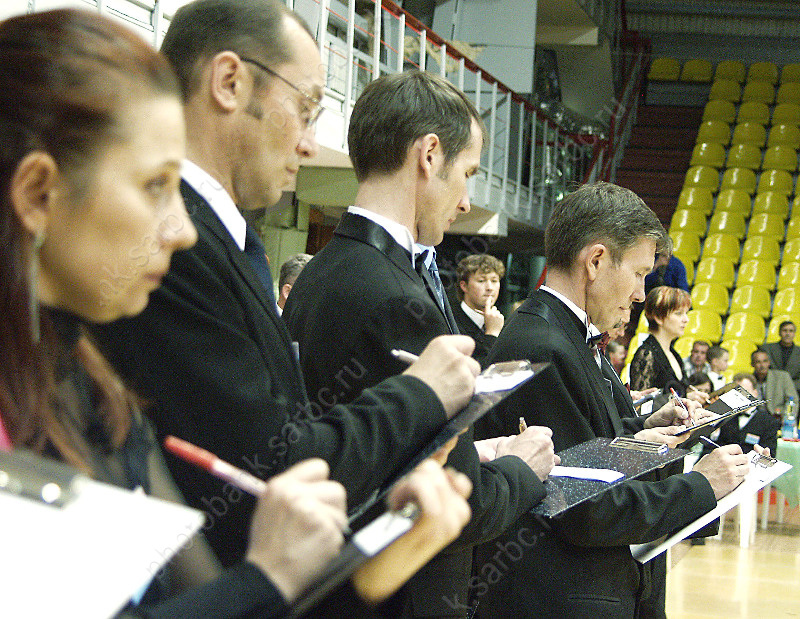
4. Character and personality
Breaking is a dynamic battle dance with highly difficult moves, but it's still a dance and art form, and part of the art form is demonstrating the ability to express your personality and character. Judges are always looking to see if a breaker is showing they can take their moves and add their personality and character to them to give their breaking a unique and personal flavour which makes them stand out above other opponents.
Cheerito from Russia is known for his unique character
© Dean Treml/Red Bull Content Pool
5. Style
Style is what really makes a breaker stand out, and depending on a breaker's personality, body type, flexibility, strength, creativity and other factors, you'll always find a large range of styles at a competition or jam. Some of the general ones include styles like Power heads, Footwork cats, flexible contortionists, and those who like to play with freeze combinations. How well a breaker demonstrates a style in their breaking is something judges will always take note of.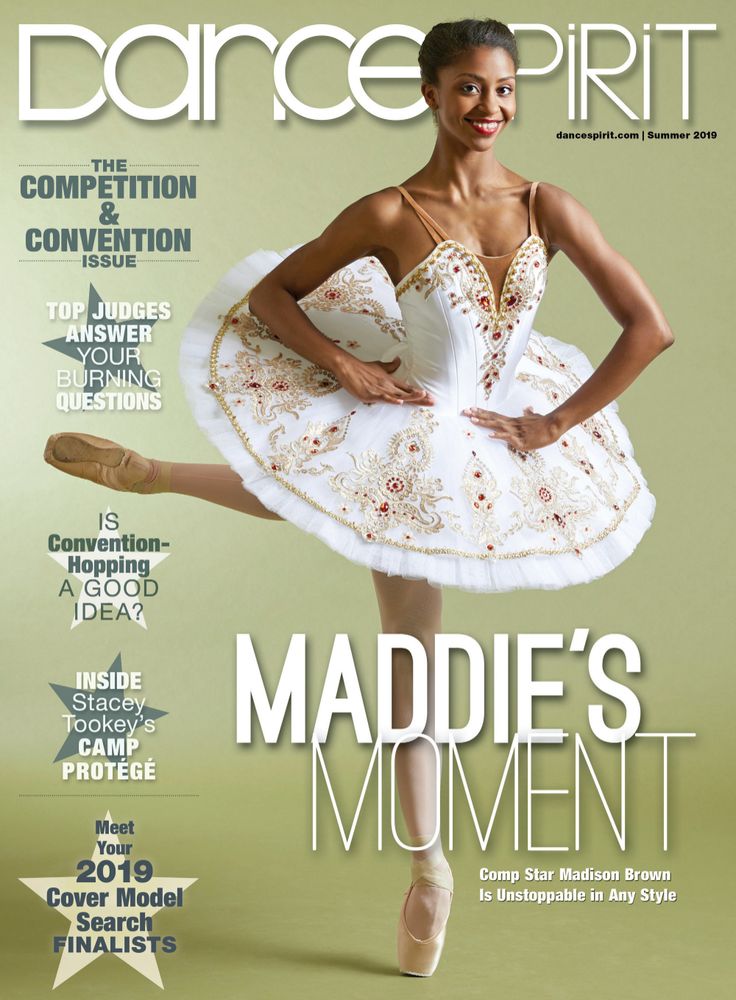
6. Execution
Judges are looking to see if breakers are demonstrating and finishing their moves clearly and cleanly with dynamic finesse. Messing up or crashing suggests poor execution and is heavily marked down by judges.
Luka showing the hollowback
© Dean Treml/Red Bull Content Pool
7. Originality and creativity
Judges always want to be surprised. They see so much breaking just in the course of one competition, but if they judge regularly they'd have seen hundreds of breakers over and over again. So a big thing is demonstrating either an original and creative twist on well-known moves, steps, freezes, tricks, power moves and transitions, or showing an original style with original sets of moves, steps, tricks, freezes, transitions, or power moves, which that breaker has created and a judge hasn't seen before.
8. Composition of the rounds
A round needs to make sense for a judge, so they'll be looking at if:
The way you put your round together makes sense.

Do your moves flow together smoothly, and tell a story?
Does it look like you're stopping and starting all the time, unsure of where to go next from what you just did?
There's a rhythm and flow to the music and so there should be a rhythm and flow to your rounds in the battle.
Breaking
Dance
31 Things Dance Judges Want To See You Do
Quick!
In about the same amount of time it takes for you to tie a shoelace, a dance judge can form their impression. Participating in a dance competition provides an assortment of goals, milestones, and improvement - but a judge has a job to do.. and so do you and your dance instructors.
Quickly.
The real trick, is developing as many skills and dance moves to keep their attention, to stay interesting, readable, and easy to watch. They may each have different tastes, they may each have unique priorities, but one thing is for certain: The judges are watching. .. but not for long.
.. but not for long.
Really, really quick.
1. Smiling
If you watched two dance competitors of equal skill, but only one was smiling - you'd stick to watching that one.
2. Standing Tall
It doesn't matter if you're actually tall or not - competitive dancers that work on their posture can look gigantic (in a good way) on the dance floor when they stand tall.
3. Chivalry
Leaders guiding their dance partners on and off the floor. Followers matching that by waiting for the leader, and allowing them to guide them off the dance floor. It's chivalry, and ballroom dancing has kept it alive.
4. Recovery
Try this: Compete. Fall down. Get back up... and you may get a standing ovation. OK, so maybe that's going a bit far, but a bump, a stumble, or anything else can reveals more about your character, than your dance ability.
5. Your Number
Nothing will drive the dance judges crazier than not being able to mark someone because their number was difficult to see.
6. Clear Timing
Timing is one of the most objective things in dancing. It should be precise, and clear to the viewer.
7. Balance
It would be really tough to look your best while off balance. Depending too much on your dance partner can make you look less confident and, sorry in advance.... heavy.
8. Clean Footwork
Good footwork is essential to great dancing, but it should only highlight other nice things about your dancing.
9. A Frame
An overactive frame has a way of deactivating other important dance skills.
10. Strategic Costuming
You are being judged much sooner than you may realize. A well planned costume that flatters your body type starts you on the positive side of things.
11. Picture Lines
There should be a few moments in your dance competition routine that are, in the words of Tonia Kosovich, "Diamonds". These are the pictures lines, the dips, the sways, the applause moments that you build up to.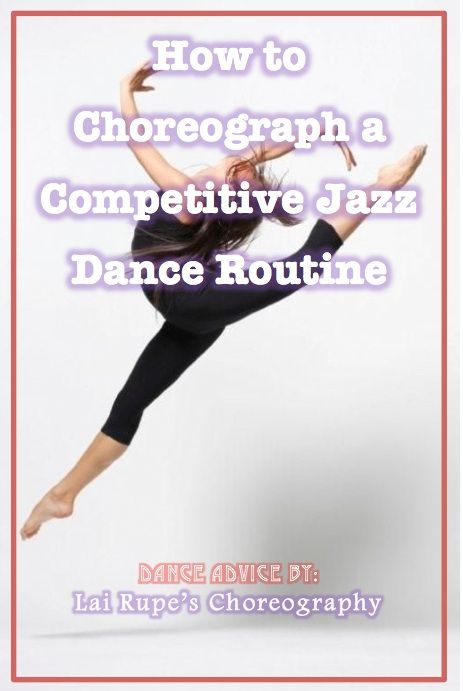 Note: Your entire performance doesn't need to be, and shouldn't be, one non-stop diamond picture line.
Note: Your entire performance doesn't need to be, and shouldn't be, one non-stop diamond picture line.
12. The Basics
It's important to point out that dance judges don't know your choreography, but they are fluent in the basics. So if you want to keep their attention, speak a little of their language.
13. Less Fluff
You don't get points for the things you attempt and can't execute (like some other sports). If you can't do it on Time, on Balance, then shelf it until the next Dance-O-Rama®.
14. Body Rhythm
Have you ever tried running without moving your arms? Weird right? Well, it is awkward because your entire body is a physical machine. When your Latin dancing progresses, your Cuban Motion will take hold of more than just your hips, and that will activate the physical machine. Eventually, not dancing with your arms and torso will feel just as weird.
15. Fun
Yep, you can fake a smile... but judges can see through that. What is tougher to fake is if you're actually having fun. Being overly serious, looking upset, or just downright angry is off putting and doesn't win you any "enjoyable to watch" votes.
Being overly serious, looking upset, or just downright angry is off putting and doesn't win you any "enjoyable to watch" votes.
16. Poise on and off
What do you look like when you're waiting to walk on the floor. How do you enter? Exit? A judge can see all, and form a lasting impression.
17. FloorcraftAre you stuck in the middle? Playing bumpercars? Using one section of the floor, facing the wrong way... all of these can erode any semblance of confidence and presence on the dance floor.
18. Stamina
If you need an oxygen tank, 2 gallons of water, a chair, a masseuse, and a cardiologist to get through your final dance - you may be lacking in this area.
19. Move
No matter how you do it, movement is what catches the eye.
20. Awareness of Partner
The audience is not your partner, and neither is your hand, your shoe, or your reflection through the rhinestones on your sleeve. What you are looking at is what is important - try to include your partner in that equation.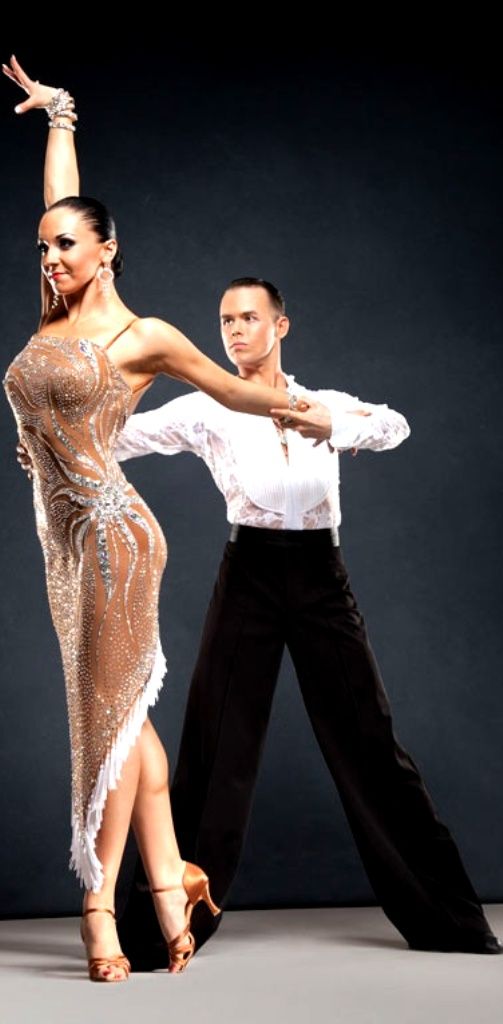
21. Clear focal points
Thinking of #20, sharp contrast can make for powerful moments. You can achieve this by rehearsing where you are looking throughout your routine. If you know the timing of your dance choreography, this is a good layer to include next.
22. Leading And Following
No matter how ninja-like some "following-challenged" dancers can be, a certified dance judge can spot any lead and follow shortcomings from a mile away. Even if it is choreographed, the goal is to make it look authentic. Dancing is a conversation set to music, not someone speaking on behalf of their partner. So leaders are the action, followers are the reaction, and save "finishing each other's sentences" for romantic comedies.
23. Smooth Transitions
You've just executed 5 reverse turns in a row, a change step, and.... woops. Transitions are critical in an Olympic relay event, and they are equally important in competitive ballroom dancing.
24. Variety of Energy
Everything that stays the same, regardless of speed, will begin to look monotone. Giving your dance routine some different slow-to-fast, or fast-to-slow dynamics will keep things interesting to watch.
Giving your dance routine some different slow-to-fast, or fast-to-slow dynamics will keep things interesting to watch.
25. Variety of Arm Styling
Taking a page out of step #24, and apply that to your arms. Ballroom, Rhythm, or Latin - slow, full, quick, direct - having a few different contasting options with your arm styling can make your routine difficult to look away from.
26. Confidence
Don't apologize for anything (unless you bump into someone). People that are lacking confidence only show it when they apologize with their body language. Slumped shoulders, eyes down, timid movements all convey an apologetic, unconfident demeanor and can take away from your performance. Not to worry, a Dance-O-Rama® has more than one day for that exact reason. By the end of the day, and the entire day after that - your confident self shows up for the party.
27. Volume
Attention Tall People: Your limbs are long and beautiful - if you use them to their maximum.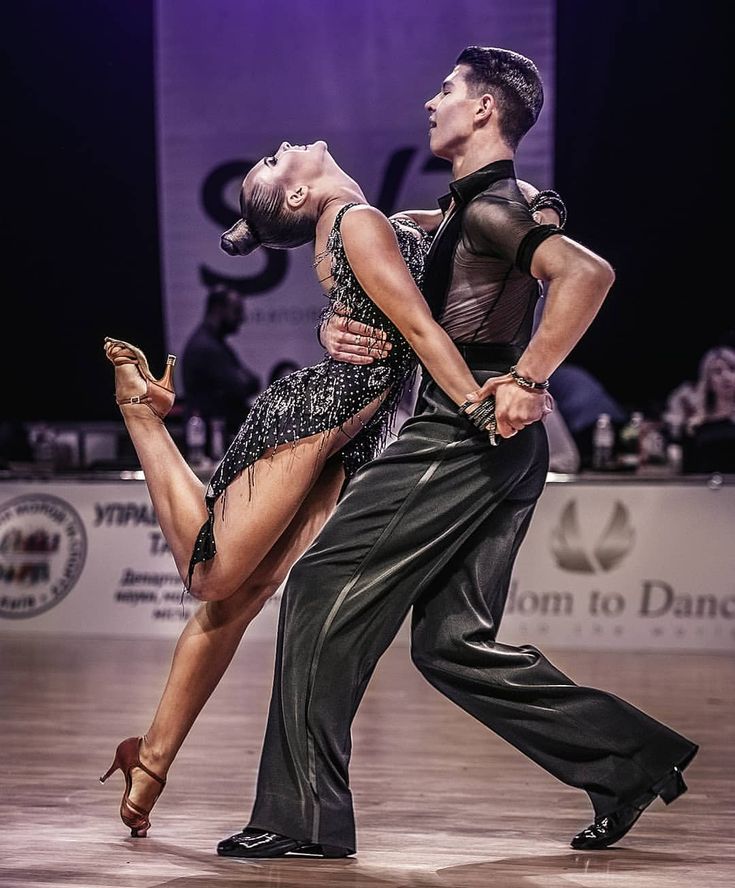 Attention Not-As-Tall People: Your limbs are not as long, but when you stretch, and fill things out, they are just as beautiful. Dance to your maximum, and you'll never look "not-tall." "Volume" is like posture for every part of your body.
Attention Not-As-Tall People: Your limbs are not as long, but when you stretch, and fill things out, they are just as beautiful. Dance to your maximum, and you'll never look "not-tall." "Volume" is like posture for every part of your body.
28. Character of the Dance
If you danced with no music playing, would it still be clear which dance you were doing to the judges and audience? That's the character of the dance. Making Waltz look different from Foxtrot, and Cha-Cha different from the Swing.
29. Musicality
Musicality is only achieved through excellent timing. Showing that you are listening to the music, responding to the music, and accenting the rhythm through creative choreography and great balance shows the audience that you are enjoying the music beyond just the meter of the music.
30. Gratitude
A bad result can reveal more about someone's character than a good one. Showing gratitude "to the finish" means that you take pride in your hard work, in the personal accomplishments you've made, and the work that your partner did alongside you until your costumed self is no longer in the ballroom.
31. Point of view
Showing great fundamentals, clear technique, and consistent timing are all objective. The choices you make, your point of view, are subjective. Whether that is with the emotion you show, the style points you emphasize, or some other theme to your delivery - it's all a point of view. This is what separates the top dancers from a group of great ones.
Final ThoughtThink of this list as a guide; a menu, of sorts. You don't need to order everything on it to have a wonderful meal. Your leap into the world of competitive dancing is life changing the moment you decide to go. You've separated yourself. The restaurant, by itself, is exclusive.
Sure there are judges. There always will be. As great as it may sound to impress all of them instantly, the most important judge to remember is, really, the little judge on your shoulder that used to tell you that you'd never be good enough to be a competitive dancer.
Head out to our dance studios and learn from expert dance instructors. Now is the time to start competing.
Now is the time to start competing.
Quickly.
Did you enjoy this post? Download our Free Infograph of this 31 Things Article
| 10 Ballroom Dancing Wounds and How to Avoid Them | |
| 50 Movie Dance Scenes and How to Do Them | |
| 21 Challenges To Improve Your Social Dance Skills | |
| 23 Problems Only Competitive Dancers Will Understand | |
| 6 Dance Competition Essentials Most Women Forget to Pack | |
| 5 Dysfunctional Dance Comparisons of a Dance Student | |
| 5 Reasons Why Ballroom Dance Teachers Obsess Over Basics | |
| 49 Steps To Ballroom Dance Etiquette | |
| Last Minute Dance Competition Survival Tips |
Best dance competition. The best dance festival in Russia - MARKS
Dance competitions, how many of them.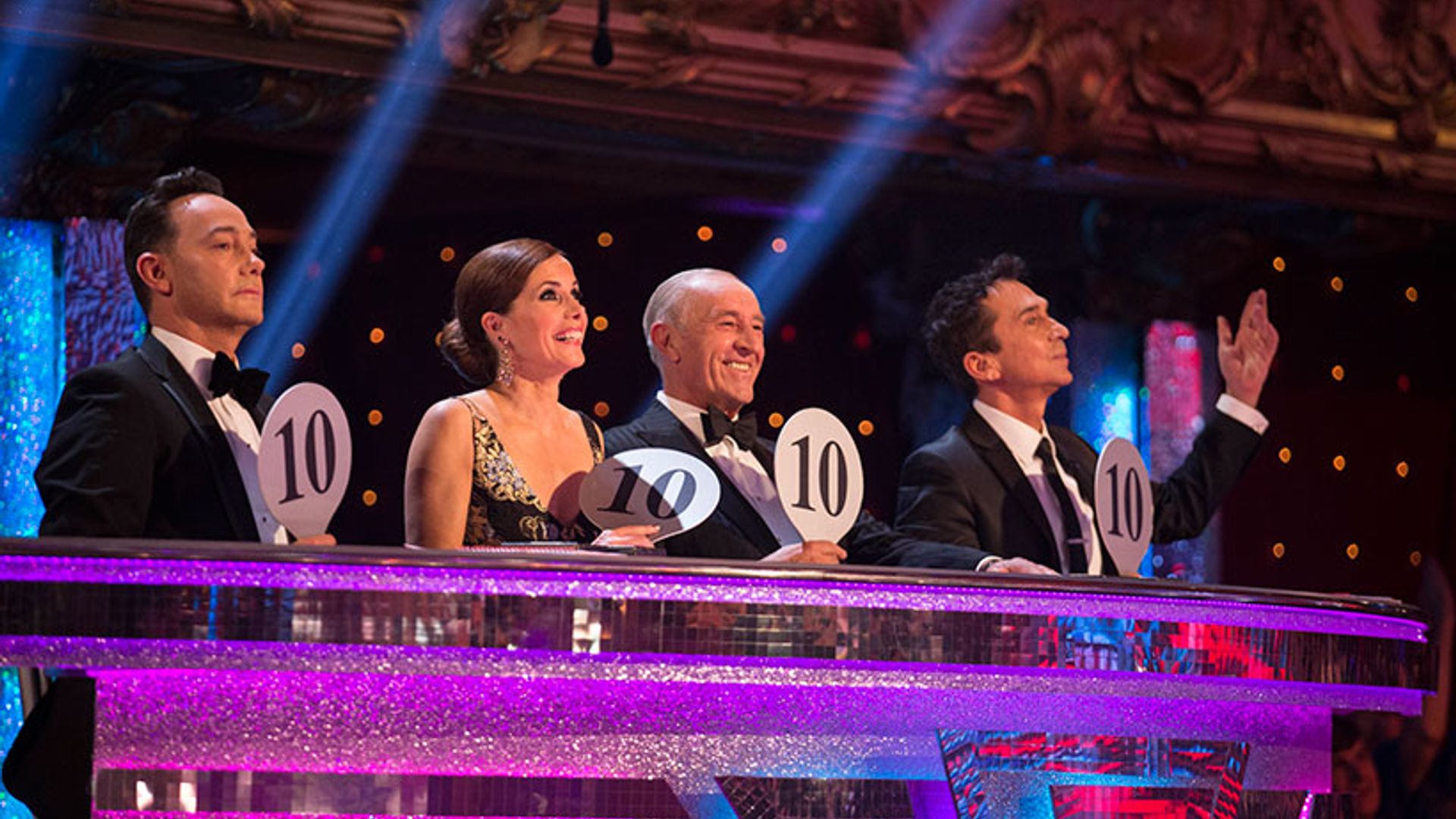 .. How to determine the best dance competition , because no team and no dancer wants to participate in a little professional competition. The best dance competitions are determined according to different criteria, even sometimes championships are held to determine the best dance competition .
.. How to determine the best dance competition , because no team and no dancer wants to participate in a little professional competition. The best dance competitions are determined according to different criteria, even sometimes championships are held to determine the best dance competition .
Of course, each championship, which determines the best dance competition has its own specific criteria, but some criteria are the same and they exist for everyone. Now we will consider them.
The first and most important criterion is the attendance of the competition. After all, if a small number of groups or dancers participate in the competition, this means that either the competition is not well known at all, or there is a poor organization, that the groups do not want to dance there. An indicator of poor organization may be omissions in the regulation of the competition, that is, not everything is spelled out accurately and in understandable language; invited judges are not professionals in their field and do not know how to judge this or that style of dance and tell teachers about their mistakes or achievements at round tables; poor handling of musical material, the music is turned on at the wrong time or the music is confused; not those teams that should go next in the schedule of the competition are announced, and so on.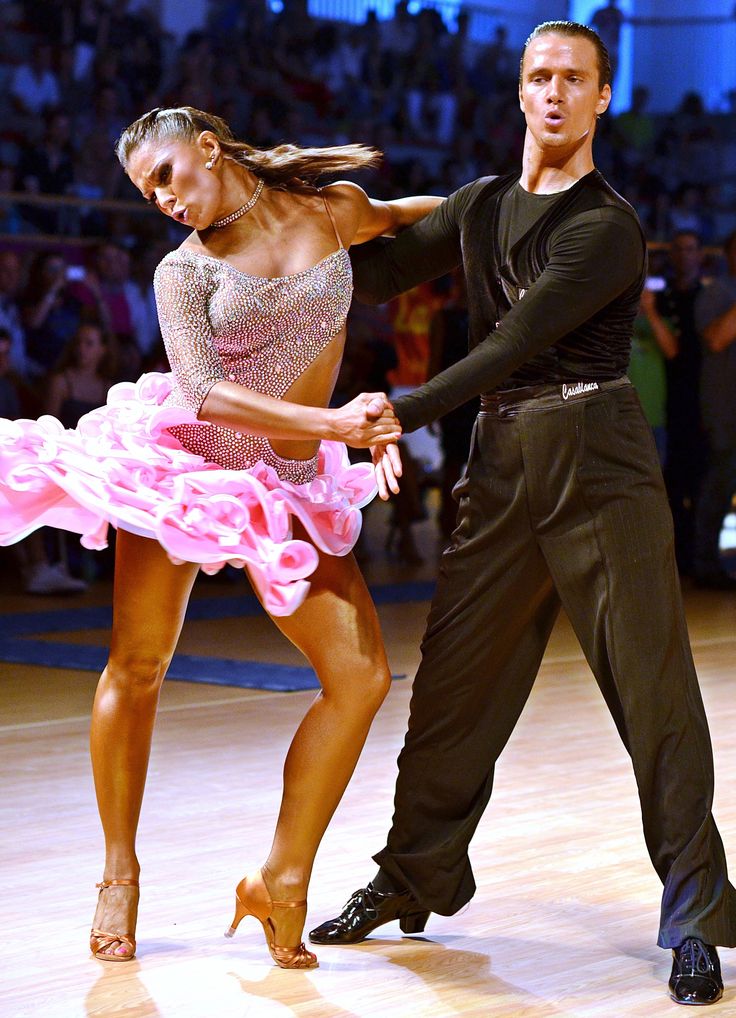 nine0009
nine0009
The second criterion for evaluating the competition is the professionalism and experience of those people who sit at the judging table. Judges must be well versed in all dance styles and genres that will be represented by dance groups at the competition, because the regulation states which styles can come to a particular competition, and which not.
The third criterion for choosing the best dance competition will be additional classes for the participants of the competition - these are different events (the competition is designed for several days; if, for example, the competition is held in a city that has access to the sea, a beach, then the organizers can organize a general removal of the participants of the competition to the sea, or arrange some kind of foam or Cuban party on the beach), master classes by professional choreographers (usually judges of the competition), round tables and lectures for teachers of dance groups who are participants in this competition.
Another selection criterion of the best dance competition is the scale of the competition itself, that is, how loudly this competition thundered in the world of dance art. If the competition is advertised interestingly enough, the competition itself is in a good position, master classes and other events are promised for the participants of the competition - the dancers themselves or their teachers, professional judges (sometimes some professional choreographers and teachers themselves offer their participation in judging a particular competition, if it suits them, because they know that a large number of dancers gathered from all over the world will come to their master class), a good organization of the competition and the competition program, then good professional teams with their teachers will go to this competition, just such competitions, I want to dance and enjoy the dance, my skills, getting new information, stock of movements and positive emotions. nine0009
nine0009
Dance Federation MARKS holds wonderful competitions all over Russia and in many cities of other countries! Good organization, professional judges, comfortable positions and additional activities for dancers and their teachers! Dance, win and enjoy the dance with the dance organization MARKS!
Criteria for judging a dance number. | Related material:
Published on 01/08/2014 - 22:47 - Proshchina Natalya Ivanovna
Criteria for evaluating a dance number at a competition, festival. nine0009
Download:
Preview:
Evaluation criteria for a dance number.
- Performance technique is the most rational and correct use of movements to express the main idea of a choreographic work.
- Correspondence of movements to the chosen dance style (direction).
- Difficulty level.
- Originality.
- Musicality (rhythm) - the ability to dance music, highlighting strengths and weaknesses
share.
- Synchronicity.
- Quality of execution (volume, quality of movements, learning of movements).
- Correspondence of the number to the age of the performers.
- Composition (dance pattern) - moving around the site, including relative to other dancers.
- Selection of dance elements.
- Dance figures, their variations.
- Rational use of the dance floor.
- Interaction of dancers with each other. nine0057
- Use of links between dance elements, absence of unreasonable pauses.
- Image:
- Contact with the viewer.
- Use of props.
- Artistry - the ability to transform into the chosen image, facial expressions.
- Compliance of movements with aesthetic standards, manners.
- Make-up, hairstyle.
- Suit.
- Self-presentation (self-expression) - the feeling of being included in the dance;
emotional, energetic and free dancing. nine0009
nine0009
- Bowing, leaving the stage.
- Audio quality.
Evaluation results will be announced immediately after the performance!
On the topic: methodological developments, presentations and abstracts
Designing a dance number for the folk dance association "Russian Souvenir" "Shadow - shadow over water"
Designing a dance number "Shadow - shadow over water". Each era is reflected in a mirror in the dance culture of the people. Folklore fills the soul of every person with pride in their people, ...
Appendix No. 2 (dance numbers) to the methodological development "Peculiarities of staging a children's opera at school", on the example of M.I. Krasev's opera "Fly-Tsokotukha".
In the clavier of the opera "Fly-Tsokotuha" there were no dance patterns that just suggested themselves to the music of the opera. I had to develop them, which the children really liked when staging the opera....
Statement of dance numbers»
Educational and methodological complex for the program "Staging of dance numbers"...
Educational and methodological complex for the educational program "Staging dance numbers"
Required material. which is useful when working with the program "Performing dance numbers". ...
Educational and methodological complex for the educational program "Staging dance numbers"
Pantomime games, transformation games, creative exercises to relieve muscle tension, develop fine motor skills, develop hand plasticity ....
“Evaluation criteria in music lessons. Pedagogical reflections on assessment in music lessons.
“Evaluation criteria in music lessons. Pedagogical Reflections on Evaluation in Music Lessons....
“On Working on the Image in a Dance Number with Students in a Choreographic Class”
Dance is an art. And like any kind of art, it reflects life in a figurative - artistic form.

